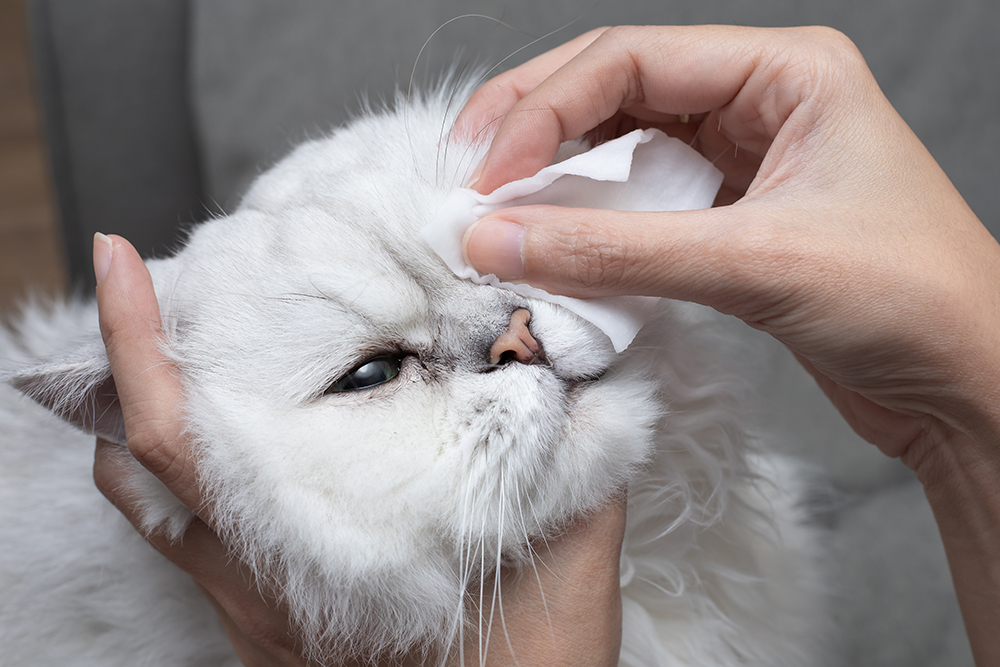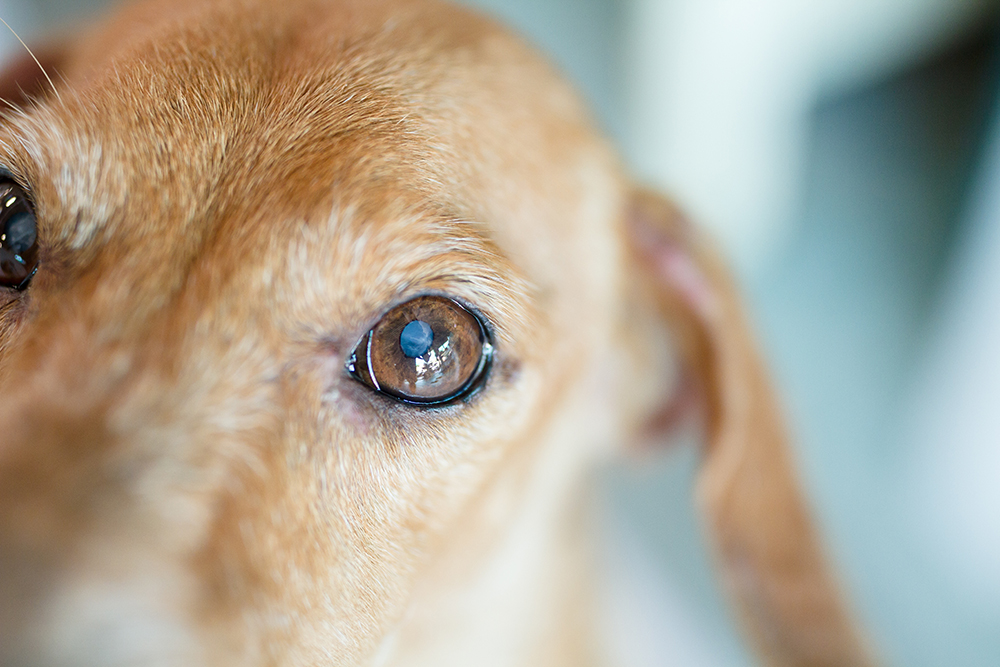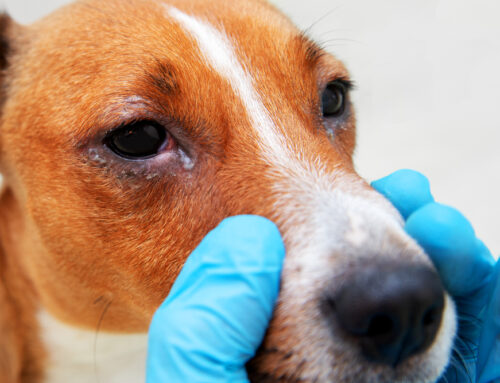Understanding Immune-Mediated Eye Diseases in Pets: Symptoms, Diagnosis, and Treatment
If your pet has been squinting, rubbing their eyes, or seems suddenly sensitive to light, there may be more happening than simple irritation. In some cases, the immune system itself is to blame. Immune-mediated eye diseases occur when a pet’s immune system mistakenly attacks the tissues of the eye, leading to inflammation, discomfort, and in some cases, permanent vision loss.
At Veterinary Vision Center in Shreveport, Louisiana, we specialize in identifying and managing these complex conditions—offering targeted treatment plans that aim to preserve vision and improve quality of life.
What Are Immune-Mediated Eye Diseases?
These conditions are driven by an overactive immune response that targets the eye’s normal tissues. They can be:
- Chronic or progressive
- Painful and sight-threatening
- Difficult to detect early without a veterinary exam
Early recognition and treatment can mean the difference between long-term management and irreversible vision loss.
The Most Common Immune-Mediated Eye Conditions in Pets
1. Pannus (Chronic Superficial Keratitis)
A progressive, autoimmune disease affecting the cornea.
- Symptoms:
- Pink, cloudy lesions on the surface of the eye
- Dark pigmentation on the cornea
- Squinting or light sensitivity
- Breeds at Risk: German Shepherds, Greyhounds, Border Collies
- Treatment:
- Lifelong topical immunosuppressants (cyclosporine or tacrolimus)
- UV protection (dog goggles or sun avoidance)
- Learn More:
2. Keratoconjunctivitis Sicca (KCS or “Dry Eye”)
This condition occurs when the immune system attacks the tear glands, reducing tear production.
- Symptoms:
- Thick, mucous-like eye discharge
- Redness and irritation
- Frequent eye infections or corneal ulcers
- Breeds at Risk: Cocker Spaniels, Bulldogs, Shih Tzus, Pugs
- Treatment:
- Tear-stimulating drops (e.g., cyclosporine or tacrolimus)
- Artificial tears for lubrication
- More on KCS:
3. Uveitis (Inflammation of the Uveal Tract)
An inflammatory response targeting the iris, ciliary body, and choroid. It may be immune-mediated or caused by infection, trauma, or cancer.
- Symptoms:
- Painful, red eyes
- Cloudy appearance or color changes in the iris
- Squinting, tearing, or vision loss
- Treatment:
- Anti-inflammatory eye drops (steroids or NSAIDs)
- Systemic therapy to address underlying causes
- Detailed Review:
4. Uveodermatologic Syndrome (VKH-like Syndrome)
A rare autoimmune condition that targets pigmented tissues, affecting the eyes, skin, and nervous system.
- Symptoms:
- Sudden blindness or severe uveitis
- Light sensitivity
- Depigmentation of the nose, lips, and eyelids
- Breeds at Risk: Akitas, Siberian Huskies, Samoyeds
- Treatment:
- Aggressive immunosuppressive medications (e.g., prednisone, azathioprine)
- Long-term monitoring
- More Info:
How Immune-Mediated Eye Conditions Are Diagnosed
At Veterinary Vision Center, we use specialized diagnostic tools to distinguish immune-mediated diseases from other causes of eye inflammation:
- Schirmer Tear Test – Measures tear production (especially important for diagnosing KCS)
- Tonometry – Evaluates intraocular pressure to rule out glaucoma
- Ophthalmoscopy & Slit Lamp Exam – Allows detailed visualization of the cornea, iris, and retina
- Fluorescein Staining – Highlights corneal ulcers or surface damage
- Bloodwork & Biopsies – Helps identify systemic autoimmune disease
For more on how these tools are used:
Common Eye Conditions in Pets – ACVO
Treatment Options: What to Expect
Medications
- Topical corticosteroids – Reduce inflammation in conditions like Pannus and Uveitis
- Topical immunosuppressants – Essential for managing KCS and other autoimmune disorders
- NSAIDs – Systemic pain relief and anti-inflammatory support
Surgical Options (For Advanced Cases)
- Parotid Duct Transposition – Re-routes saliva to replace tear function in severe dry eye
- Corneal Grafting – Protects or repairs deep corneal ulcers
- Enucleation (Eye Removal) – Considered only when pain is severe and untreatable
Explore treatment protocols:
Treatment of Intraocular Inflammation – Merck Veterinary Manual
Can These Conditions Be Prevented?
While you can’t always prevent immune-mediated eye diseases, proactive monitoring and early detection can make a world of difference:
- Schedule regular eye exams—especially for at-risk breeds
- Monitor for early signs: squinting, redness, discharge, changes in eye color
- Use UV protection (goggles or shade) for dogs with Pannus
- Test tear production routinely in breeds prone to dry eye
Protecting Your Pet’s Vision Starts Here
Immune-mediated eye diseases may be complex, but they’re manageable with the right care plan. At Veterinary Vision Center, we take a personalized approach to diagnosing, treating, and supporting pets with these conditions—so they can enjoy as much vision, comfort, and independence as possible.
Worried about your pet’s eye health?
Schedule an appointment with our veterinary ophthalmology team today.








Leave A Comment